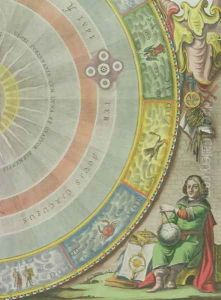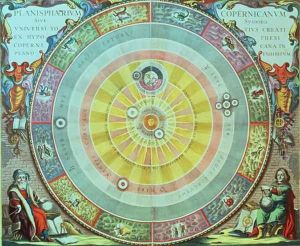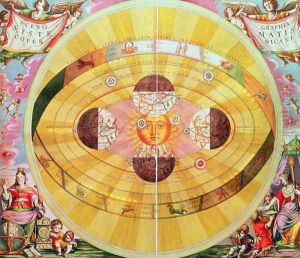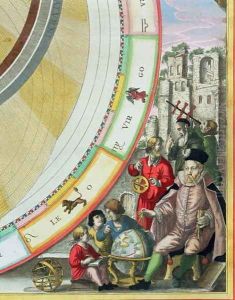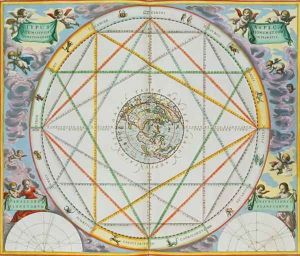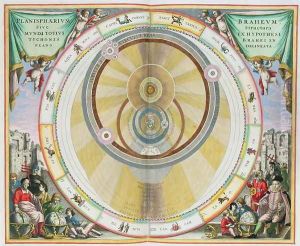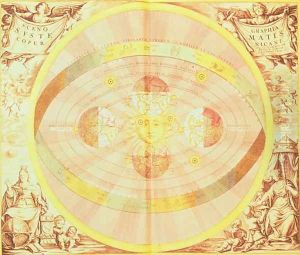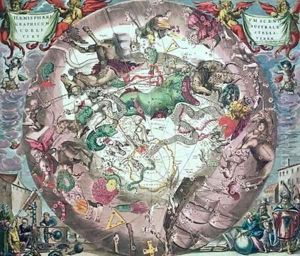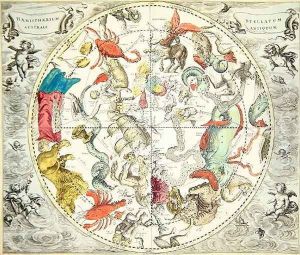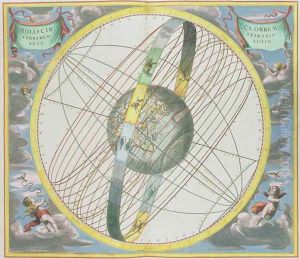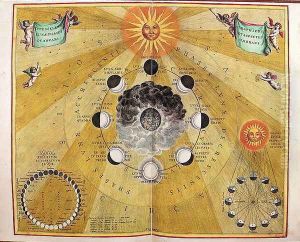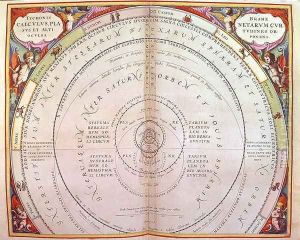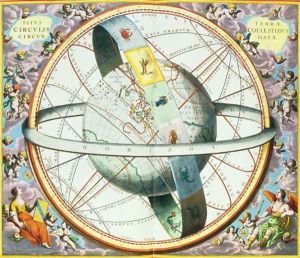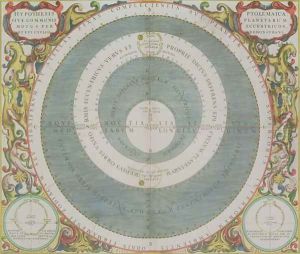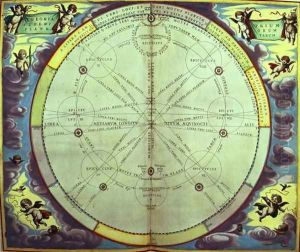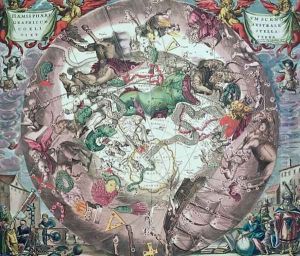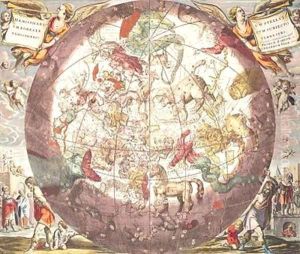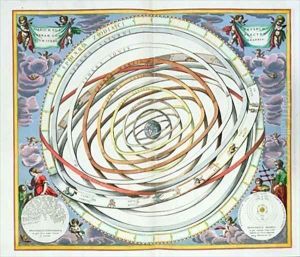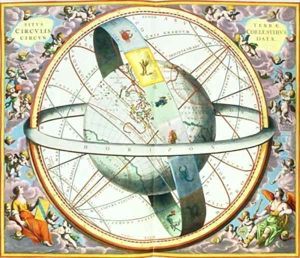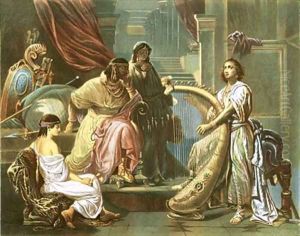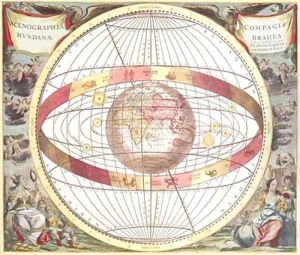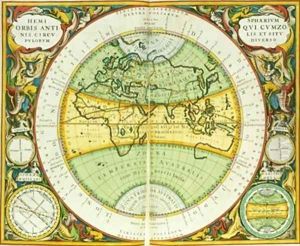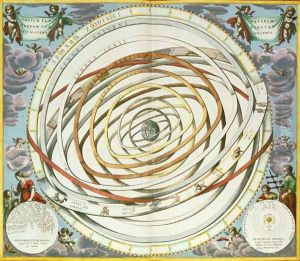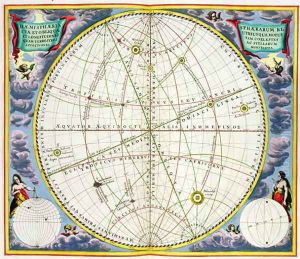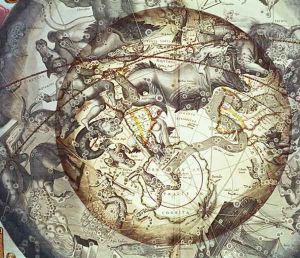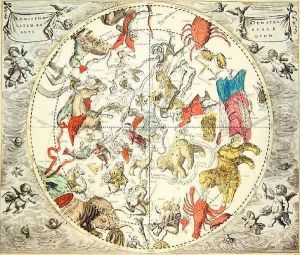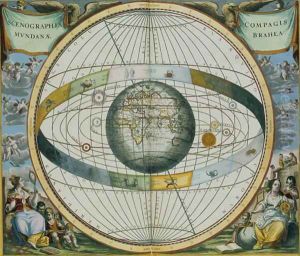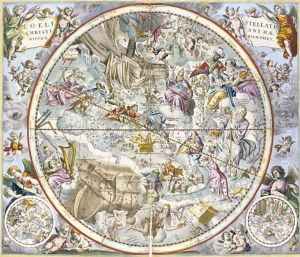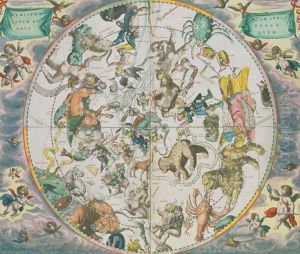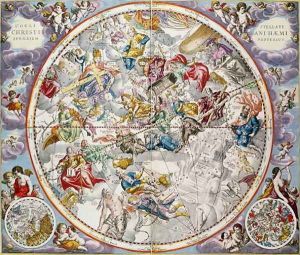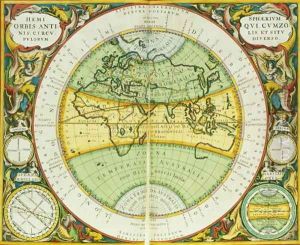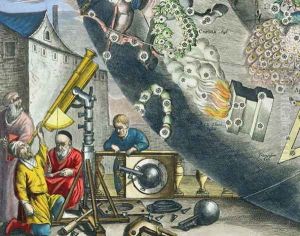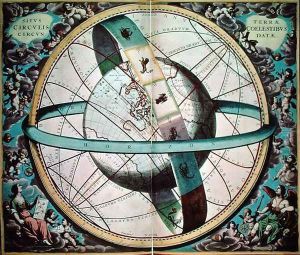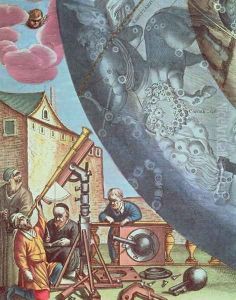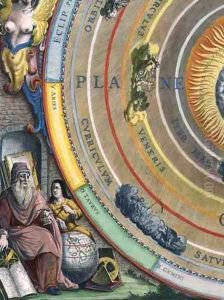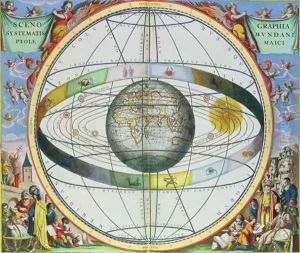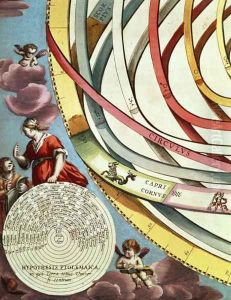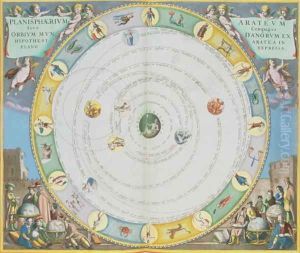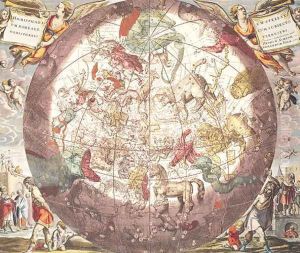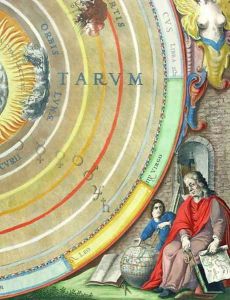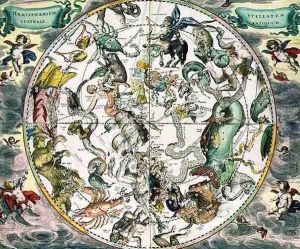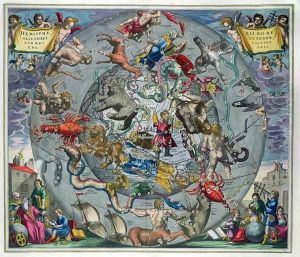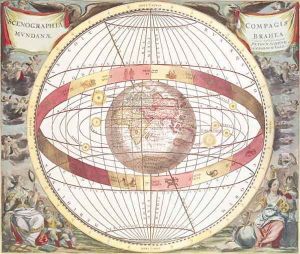Andreas Cellarius Paintings
Andreas Cellarius was a Dutch-German cartographer, notable for his work in celestial cartography. Born in 1596 in Neuhausen, a small town near Worms in the Holy Roman Empire, Cellarius moved to Holland in the early 17th century where he published most of his works. He is best known for his star atlas, the 'Harmonia Macrocosmica', first published in 1660, which is often regarded as one of the most spectacular cosmographical atlases that was ever published. The atlas reflects the astronomical and cosmological understandings of the time, including the systems of Ptolemy, Copernicus, and Tycho Brahe.
Cellarius's maps are admired for their elaborate design, rich adornments, and a certain artistic quality that goes beyond their scientific value. The 'Harmonia Macrocosmica' contains 29 large folio engravings, which showcase the historical perspectives of the universe, as well as detailed star maps. The atlas was part of a larger project, the 'Atlas Coelestis', by the Amsterdam publisher Johannes Janssonius, which intended to describe the whole universe according to the latest discoveries.
Although Cellarius's name is not as widely known as some of his contemporaries, his work has left a lasting legacy in the field of cartography and his star atlas continues to be appreciated for its beauty and historical importance in reflecting 17th-century cosmological views. After the publication of his famous atlas, he continued to work as a schoolmaster and rector at the Latin School in Hoorn. Andreas Cellarius died in Hoorn, Netherlands, in 1665.
